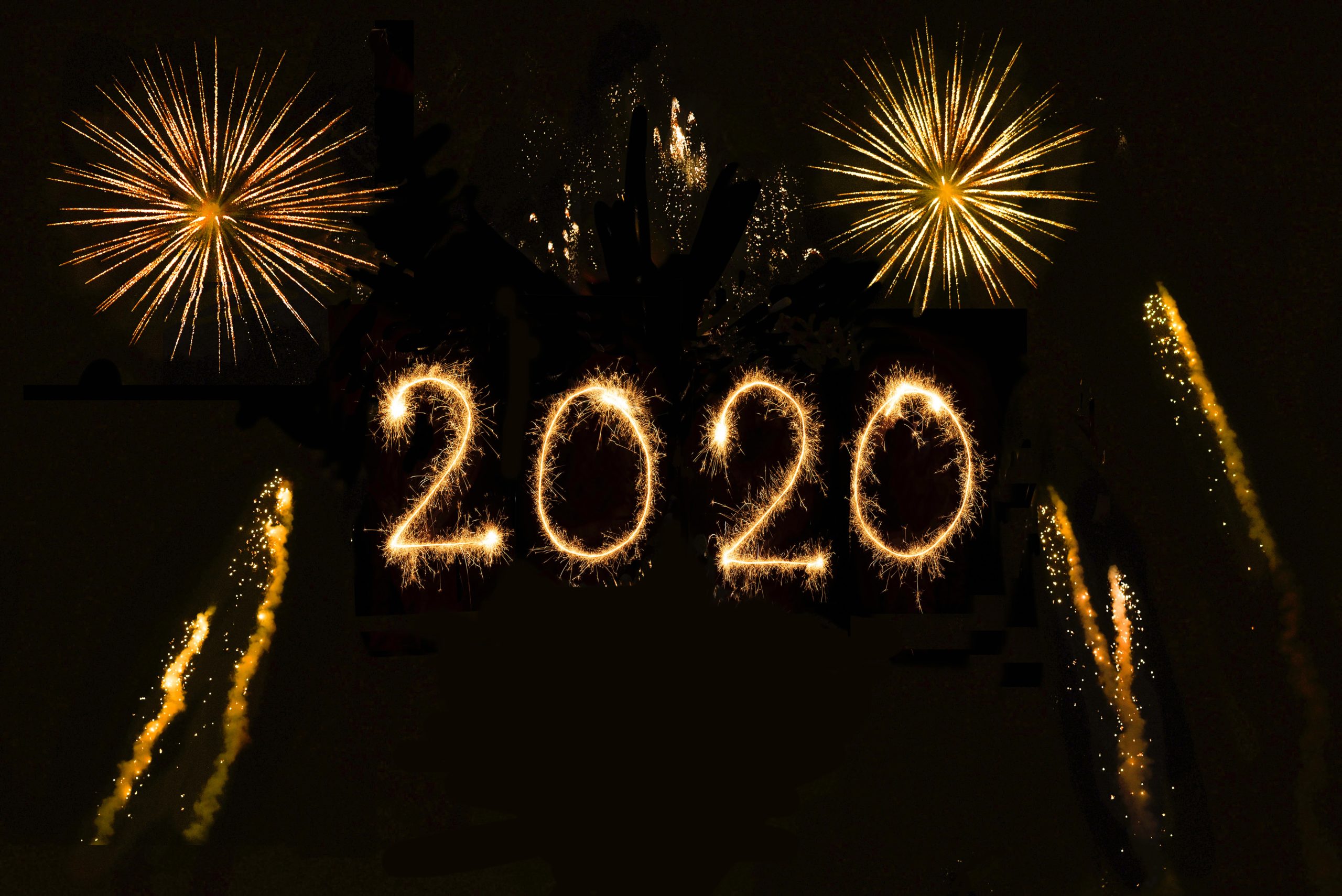Creating Lasting Change: Part One
4 Ways to Create and Examine Lasting Change
Dietary supplements, self-help books promising lasting change, gym memberships, storage containers… the list could go on and on. These products grab for our attention each January and with good reason. If it isn’t the excess of the holidays that creates a momentum toward change, then it’s the turn of the calendar to a new year that prompts you to consider areas of your life that could stand a bit of improvement. I’m not opposed to taking personal inventory, setting goals, or cultivating personal growth. After all, the hallmark of my professional field is change and transformation. However, I do think it’s worth pausing to reflect on the dynamics and motivation for change. Doing so helps you proceed in a more deliberate and therefore satisfying fashion. In making change, here are some thoughts on what to watch for and consider.

Lasting change happens incrementally and often at a subtle level.
One of the critical facets of the NeuroAffective Relational Model (NARM)—the modality I use when working with developmental trauma—is to reflect back to my clients when change is happening. For example, a client may share an exchange with a friend in which they’ve set and held a good boundary. We pause to reflect on how that’s different from a month ago, six months ago, a year ago, etc. We do so to allow the difference to marinate at an emotional, somatic and intellectual level. Why take the time? The reality is that when it comes to our own process, we may be too deep in the forest to see the trees. In other words, we’re not likely to notice subtle shifts when they occur. Add to that the common cultural expectation for instant or dramatic gratification and we’re even less likely to register the difference as change.
Just as we use tools like a scale or a ruler to measure small fluctuations, objective observations from a therapist, friends or family can help us internalize the sense that we’re achieving what it is we say we want.
When a desire for change is genuinely our own, motivation goes up and the likelihood of success improves.
Consider one of the goals you may have for 2020 and then look at what’s driving the desire. The more honest you can be, the better. Is it social trends? Parental expectations? Job demands? If so, the motivation is coming from an external agenda. You’re probably familiar with the somatic characteristics of these kinds of pressures. They may show up as a headache, a weight in the stomach or tightness in the shoulders. If you give them some mindful attention, you may even notice the sensations carry a “rule” you learned growing up. Some examples are “authority knows best”, “trusting your instincts is bad” or “beauty guarantees acceptance.” To make it more complicated, these introjects (ideas and attitudes unconsciously adopted from others) may have been at work for so long, you might simply take them for truth and not see them for what they are—outgrown identifications subject to change.
The bottom line is that outside agendas aren’t well received by our authentic Self and tend to garnish some resistance. On the other hand, if our motivation stems from an inner-sanctioned source—a place within us we know we can trust—then the outlook for lasting change is better.




